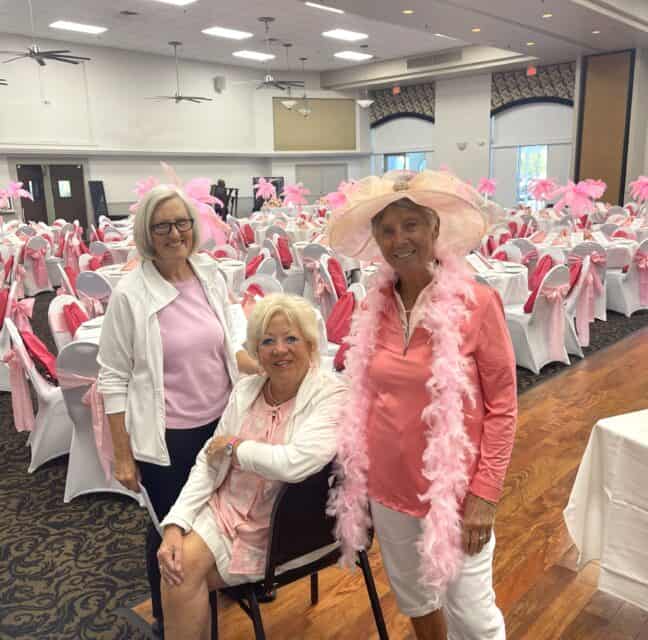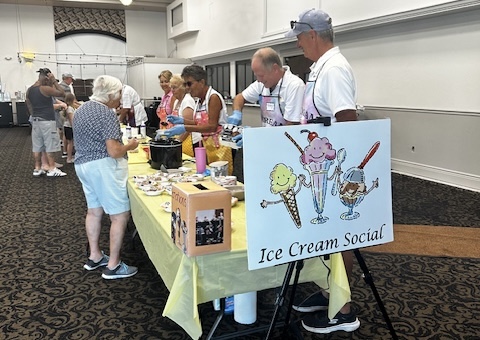
She was only in her late teens when she was becoming a well-known artist. Her painting and drawing skills were being compared to the likes of Frida Kahlo and Georgia O’Keefe. Now in her early 20s, Louise McNeil’s achievements were winning blue ribbons in art galleries across America. She had mastered virtually every medium, and most critics agreed that her oil paintings were her forte.
Louise’s talent as an artist was recognized early in her life. As a first grader, she mastered the use of watercolors, an achievement unheard of at that age. Her art teacher was awestruck by the youngster’s results. But what captured everyone’s attention was Louise’s crayon and ballpoint pen drawing of a rainy street scene in downtown London. The school’s principal was so enthralled by this magnificent piece of art, he had it framed and hung it in the hallway outside his office for everyone to see. This was the first public showing of the child prodigy’s work.
By the time Louise entered eighth grade, she had become adept in virtually every medium of art. She struggled with acrylics because of the fast-drying quality of the paint, but she soon conquered it, so much so, that her acrylic of a seascape took the blue ribbon at an art show in Santa Fe. An art dealer was so captivated by the painting, he offered her $10,000 for it. She gladly accepted. Louise McNeil was now a professional.
Now in her senior year, the 17-year-old Louise was cranking out an average of four pieces of art per week, and her latest pursuit was charcoal. She used her fingers as brushes, and the softening of the hard edges brought out a mesmerizing effect. After graduating, Louise was participating in art shows from New York to San Francisco. Her blue ribbons were piling up to the ceiling in her bedroom closet.
To enhance her artistic skills, Louise entered the Cooper Union School of Art in downtown Manhattan. She continued showing her work, and the board of directors of the newly formed American School of Fine Art invited her to show her work at the world-famous New York Metropolitan Museum of Art. Now Louise would be afforded the opportunity to reap financial reward for her years of toiling at her easel.
The Met reserved a whole floor to display Louise’s art. That much space was needed, since Louise would be entering over 100 paintings and drawings. The curator, Art Hall, met with Louise to decide on prices for the collection. The prices would be entered into a computer, printed out, then placed on the wall next to the appropriate piece of art. On a desert landscape, the price was set at $350. On a portrait of Louise’s mother, an oil painting measuring 3 x 5 feet, the agreed price was $2,600. Later that evening, the museum staff placed the price tags next to the appropriate art, taking them until nearly midnight to complete the task.
It was showtime the next day. At 10 a.m. The Met would be opening its doors to the public. By 9 a.m. there was a line a block long waiting to enter. At 9:30 a.m. Louise and Art Hall arrived, and much to their disbelief, all of the price tags had added an extra zero. The landscape was now listed at $3,500, the portrait of Louise’s mother showed $26,000, and so on. There had been a glitch in the computer’s program, which added a zero to all the prices!
Now Louise was in panic mode. What could be done to correct this monstrous blunder? Nothing. That was Art Hall’s recommendation. As he wrapped his arm around her shoulders, he told her that she was worth the price increases and that she’d sell out well before closing time at 5 p.m. He was right on both counts. Shortly after 2:30 p.m., the last painting was sold. The price? $370,000! After all sales were tallied, Louise had garnered over 3 million dollars! She was now a bona fide millionaire! Lucky Louise!






